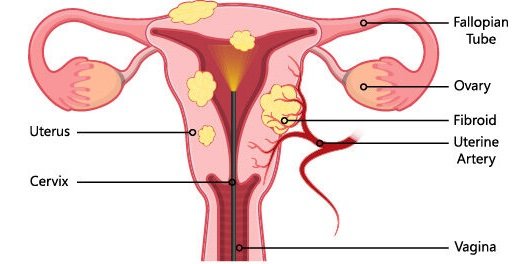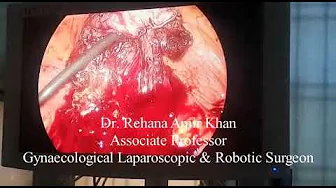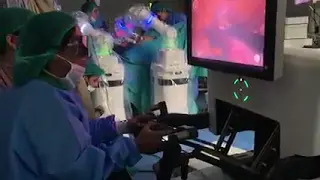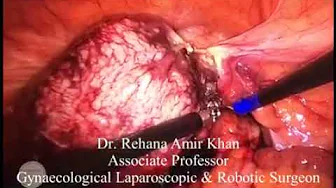Laparoscopic Myomectomy
LAPAROSCOPIC MYOMECTOMY
Consult the Best Gynecological Laparoscopic Surgeon in Lahore.

With years of experience in Gynecology, you need to consult us immediately.
Our Specialist Gynecological Laparoscopic surgeons are specialized in all kinds of:
Are you facing these issues?

LAPAROSCOPIC MYOMECTOMY
Laparoscopic Myomectomy Overview
You need to know about the Laparoscopic myomectomy first:
Fibroids are very common. About 30 percent of women will have the disorder by age 35, and about 70 to 80 percent will have it by age 50.
Myomectomy is the removal of fibroids from the wall of the uterus (uterus). Fibroids are noncancerous growths in the muscles of the uterus. Furthermore, Laparoscopic surgery uses small incisions and tools to remove fibroids.
Why do you need the procedure of Laparoscopic myomectomy?
This procedure is done to relieve problems caused by fibroids without having a hysterectomy (removal of the uterus). These problems might be:
LAPAROSCOPIC MYOMECTOMY
Possible Complications
Problems are rare, but all procedures carry some risk. However, we have a complete check on you for possible issues, such as:
Things that might increase the risk of a problem above during surgery are:
LAPAROSCOPIC MYOMECTOMY
Pre-surgery Consultation
The surgical team may meet with you to discuss:
LAPAROSCOPIC MYOMECTOMY
Laparoscopic Myomectomy Surgery Overview
Make a small incision on the navel. A tube with a camera will be inserted into your abdomen through an incision. Moreover, it will be operated to examine the abdomen.
Two or three more incisions will be made in your abdomen. Other instruments will be inserted through these incisions. Each fibroid will be located and removed by crushing that is called morcellation. The incision will be closed with sutures. Bandages will be placed on them.
If laparoscopic surgery is not possible, your doctor may need to switch to open surgery. During open surgery, a larger incision will be made in your abdomen for surgery.
The Laparoscopic Myomectomy usually takes one to two hours.
In general terms, pain, vaginal discharge, and bleeding are expected in the first few days. However, medications and home care can help.
Most people can go home the next day. If something goes wrong, you may need to stay longer.
Immediately after the surgery is over, employees can:
While you are in hospital, our staff will take steps to reduce your risk of infection, such as:
There are also things you can do to reduce your risk of infection, such as:
At hospitals
Wash hands frequently and reminds visitors and staff to do the same,
Remind employees to wear gloves or masks,
Don't let others touch your incision.
At home
Full recovery takes 2 to 4 weeks. During this time, you are not allowed to do heavy stuff and physical activity will be restricted.
Sex should be avoided. Seek help with daily activities and delay your return to work.
Call your doctor if you do not improve or if you have:




